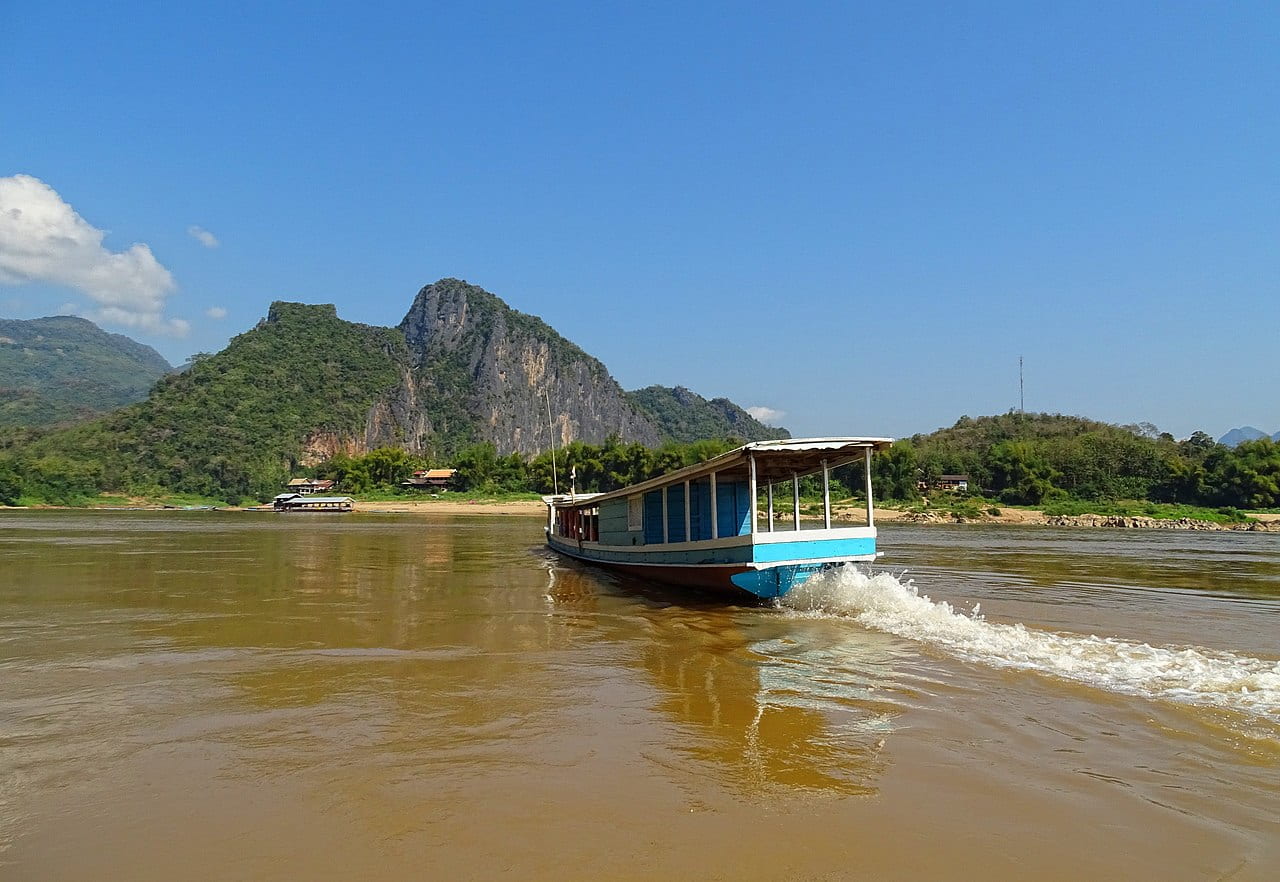What can stage curves tell us about water level changes? Case study of the Lower Mekong Basin

Traditionally, morphological channel change is monitored using field observations such as cross-section measurements or bathymetry surveys. However, in basins with poor field data, it is difficult to monitor historical changes of the river channel. Using only water level and discharge data from the Lower Mekong Basin (LMB), we plotted the stage curves (graphs of water level against discharge values) at various stations from 1980 to 2019. These curves were subsequently analysed to calculate water level changes as a result of channel or discharge alterations.
Our study area included stations in Thailand (Chiang Saen, Chiang Khan, Mukdahan), Laos (Pakse) and Cambodia (Kompong Cham, Chroy Changvar). Overall, decreases in wet-season water level were observed to be in the range of −0.89 m (Pakse) to −1.42 m (Kompong Cham) in 2010–2019 as compared to 1980–1989. While dry-season water level increased in Chiang Saen (+0.48 m), Chiang Khan (+0.81 m), Mukdahan (+0.37 m) and Pakse (+0.27 m) during the same period, decreases were observed at Kompong Cham (−0.13 m) and Chroy Changvar (−0.22 m). We also found that channel degradation has been the dominant process occurring at these stations during 2010–2019. Specifically, as compared to 1980–1989 records, channel incision has caused water levels in 2010–2019 to be lower by up to −0.17 m at Chiang Saen; Chiang Khan: −0.62 m; Mukdahan: −0.81 m and Pakse: −0.18 m. Concurrently, hysteresis was observed in the stage curves of Kompong Cham and Chroy Changvar. These plots of hysteresis suggest the presence of overbank flooding. We found that this hysteresis has been decreasing from 1980 to 2010, implying a reduction in flooding. This study represents a novel attempt to characterise channel change within the Mekong River using only historical water level and discharge data. Outside the Mekong basin, our methods can be applied to other basins where river cross-section data is scarce, and consequently, increase the analytical options available to researchers.
Samuel De Xun Chua, Xi Xi Lu. What can stage curves tell us about water level changes? Case study of the Lower Mekong Basin. CATENA, Volume 216, Part A, 2022, 106385, ISSN 0341-8162. https://doi.org/10.1016/j.catena.2022.106385


You must be logged in to post a comment.